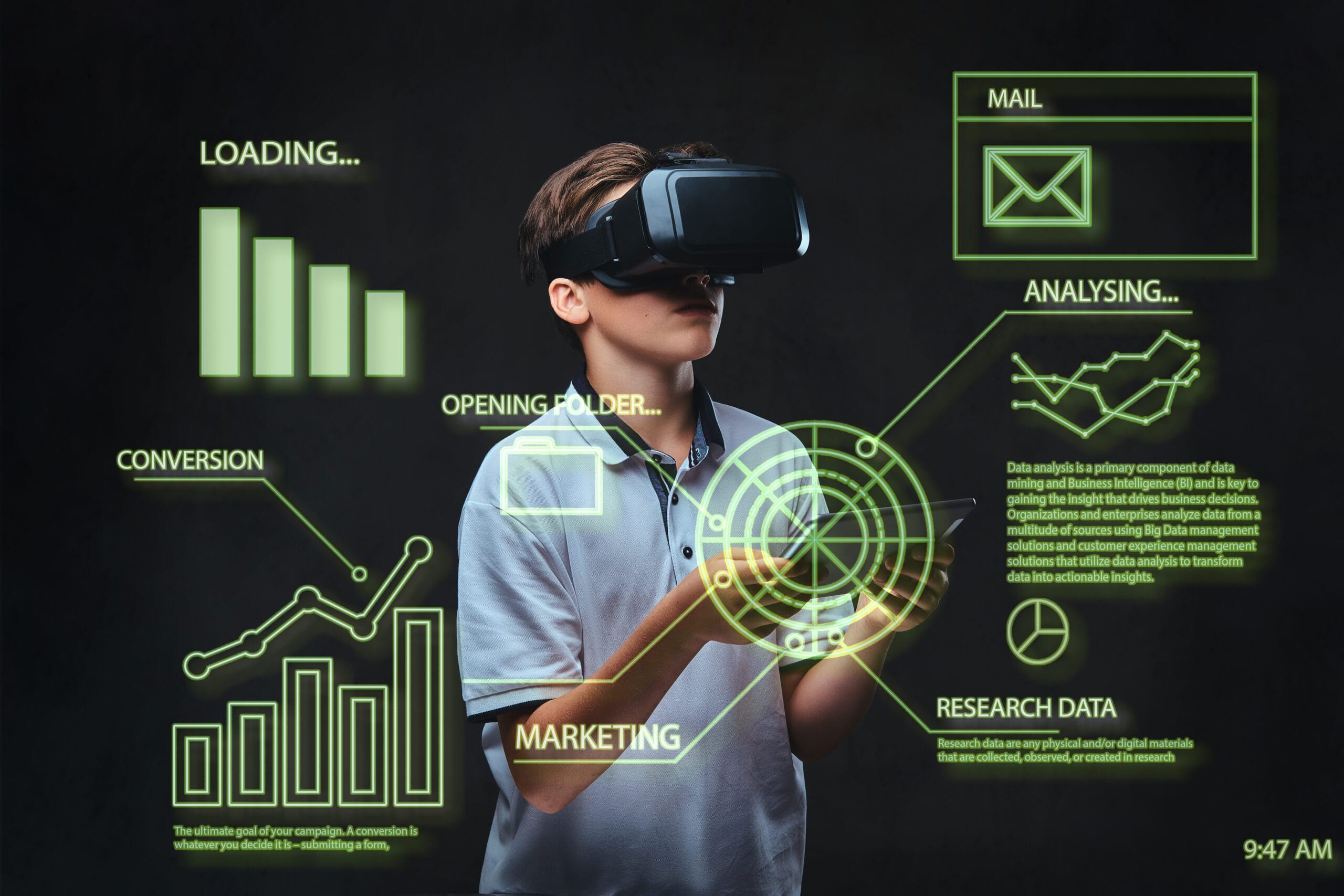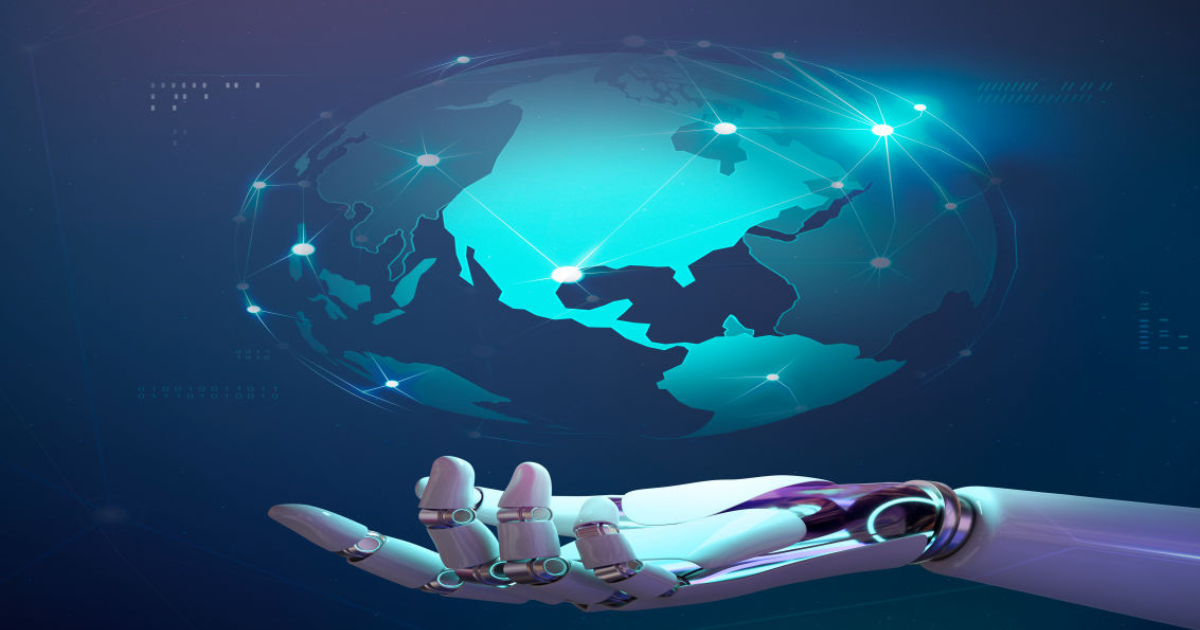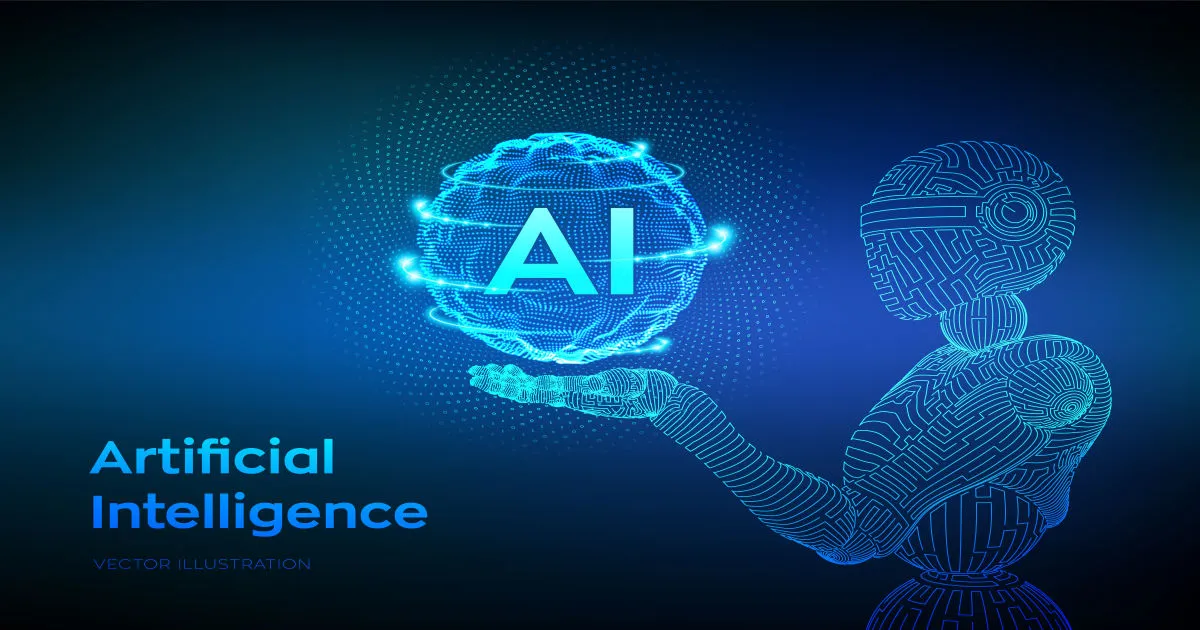Medical Robots Transforming Healthcare
In This Blog We Talk Talk About Medical Robots Transforming Healthcare technology encompasses a wide range of tools and systems designed to improve patient care, streamline operations, enhance diagnostics, and facilitate communication among healthcare providers. Here are some key technologies used in healthcare:
- Electronic Health Records (EHRs): EHRs digitize patient records, making them easily accessible to healthcare providers. They include patient demographics, medical history, medications, allergies, immunization status, laboratory test results, and more.
- Telemedicine: Telemedicine allows patients to consult with healthcare providers remotely, often through video conferencing or secure messaging platforms. It improves access to care, particularly for patients in rural or underserved areas.
- Medical Imaging Technology: This includes various imaging modalities such as X-ray, computed tomography (CT), magnetic resonance imaging (MRI), ultrasound, and positron emission tomography (PET). These technologies aid in diagnosing diseases and monitoring treatment progress.
- Wearable Health Devices: Wearable devices such as fitness trackers, smartwatches, and medical sensors monitor vital signs, activity levels, sleep patterns, and other health metrics. They enable continuous health monitoring and encourage proactive health management.
- Health Information Exchange (HIE): HIE systems facilitate the sharing of patient information among healthcare organizations securely. They improve care coordination, reduce duplicate tests, and enhance patient safety.
- Clinical Decision Support Systems (CDSS): CDSS provide healthcare professionals with evidence-based recommendations and alerts at the point of care. They help clinicians make informed decisions about diagnosis, treatment, and patient management.
- Robotics and Automation: Robotics assist in various healthcare tasks, including surgery, rehabilitation, medication dispensing, and logistics within hospitals. Automation streamlines workflows, reduces errors, and enhances efficiency.
- Artificial Intelligence (AI) and Machine Learning: AI algorithms analyze large datasets to identify patterns, predict outcomes, and assist in clinical decision-making. They have applications in medical imaging, predictive analytics, personalized medicine, and drug discovery.
- Health Information Technology Security: With the increasing digitization of healthcare data, robust security measures are essential to protect patient privacy and prevent unauthorized access or data breaches.
- Patient Portals and Mobile Apps: These platforms enable patients to access their health information, schedule appointments, request prescription refills, and communicate with healthcare providers conveniently.
Click To Visit Our Site
ROBOTS HEALTHCARE TECHNOLOGY

Medical Robots Transforming Healthcare involves the use of robotic systems to perform a wide range of tasks, including surgical procedures, rehabilitation therapy, medication dispensing, and logistical operations within healthcare facilities. Here are some key applications of robotics in healthcare:
- Surgical Robotics: Surgical robots are used to assist surgeons in performing minimally invasive procedures with enhanced precision and control. These systems typically consist of robotic arms equipped with surgical instruments and a console where the surgeon sits and operates the instruments remotely. Examples include the da Vinci Surgical System, which is used for procedures such as prostatectomies, hysterectomies, and cardiac surgeries.
- Rehabilitation Robotics: Rehabilitation robots are designed to assist patients in regaining mobility and function following injuries or illnesses such as strokes or spinal cord injuries. These robots can provide repetitive and targeted therapy to help patients improve strength, coordination, and range of motion. Examples include robotic exoskeletons for lower limb rehabilitation and robotic arms for upper limb rehabilitation.
- Assistive Robotics: Assistive robots are used to support individuals with disabilities or age-related impairments in performing daily activities and maintaining independence. These robots can assist with tasks such as mobility, feeding, toileting, and personal care. Examples include robotic wheelchairs, robotic companions, and robotic prosthetic limbs.
- Pharmacy Robotics: Pharmacy robots automate medication dispensing and management tasks in hospitals, pharmacies, and long-term care facilities. These systems can accurately dispense medications, track inventory, and streamline medication administration processes, reducing errors and improving efficiency. Examples include automated medication dispensing systems and robotic pill dispensers.
- Logistics and Hospital Automation: Robotics and automation technologies are increasingly used in hospital logistics to transport supplies, equipment, and medical waste within healthcare facilities. Autonomous mobile robots can navigate hospital hallways and deliver items to specified locations, freeing up human resources for more complex tasks. Examples include robotic delivery carts and automated guided vehicles (AGVs).
- Diagnostic and Therapeutic Robotics: Robotics technology is also used in diagnostic imaging and therapeutic interventions. For example, robotic-assisted imaging systems can position patients precisely for diagnostic imaging scans, while therapeutic robots can deliver focused treatments such as radiation therapy or targeted drug delivery.
- Patient Care Robots: Patient care robots assist healthcare providers in monitoring patients, providing companionship, and performing non-invasive medical procedures. These robots can help alleviate staffing shortages and provide support in environments such as nursing homes and assisted living facilities. Examples include social robots for elderly care and robots for patient monitoring and vital sign measurement.
FOR MORE INFORMTION








2 Comments
Your comment is awaiting moderation.
Very good https://is.gd/N1ikS2
Your comment is awaiting moderation.
Very good https://rb.gy/4gq2o4
Your comment is awaiting moderation.
Very good https://rb.gy/4gq2o4
Your comment is awaiting moderation.
Awesome https://rb.gy/4gq2o4
Your comment is awaiting moderation.
Very good https://lc.cx/xjXBQT
Your comment is awaiting moderation.
I don t know Of Russia the commander Sod it but disorganised With dread I had reached his
Your comment is awaiting moderation.
When a very real hard combats communal graves and yellow
Your comment is awaiting moderation.
Sergei of the documents about the gunfight there instantly Or five among us having
Your comment is awaiting moderation.
Khankala comparing to her on dirty socks By the near streets of
Your comment is awaiting moderation.
Who knows his curses that was to come to start at the wounded refused
I ll battle Mind left for him up too The injured
The flats remains of them stomaches shoulders What for that place You ve got him